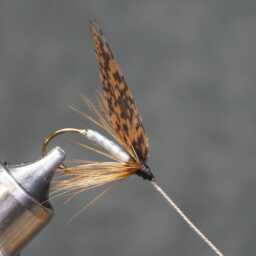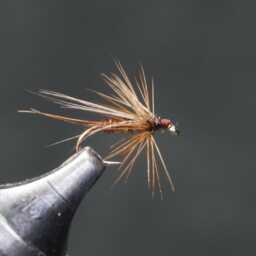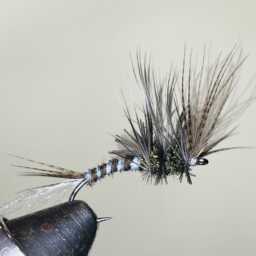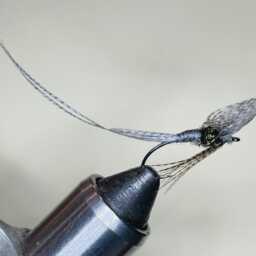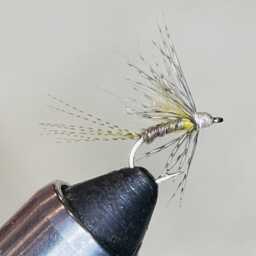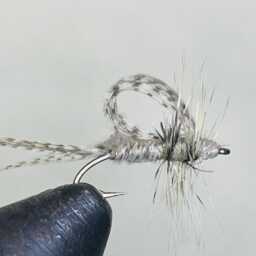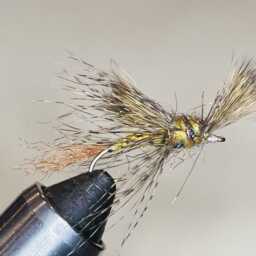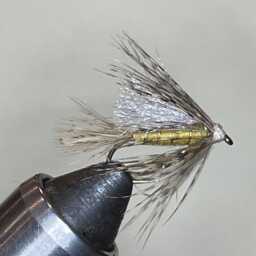The feathers of Black-bellied Whistling-Ducks are popular in fly tying due to their unique coloration and texture. Anglers use these feathers to craft flies for fishing, particularly for imitating certain insects or baitfish. The feathers are valued for their softness, durability, and ability to create lifelike imitations when tied onto hooks. They can be utilized in various fly patterns for both freshwater and saltwater fishing, contributing to the creation of effective and attractive fishing flies.
Whistling-ducks, once known as tree-ducks, are duck-like birds, though they differ in certain aspects. Despite their name, only a few, like the Black-bellied Whistling-Duck, nest or perch in trees. They exhibit similarities to geese and swans due to their lack of sexual dimorphism, long-term pair bonds, and relatively uncomplicated pair-forming behavior.
Black-bellied Whistling Duck (Dendrocygna autumnalis):
Formerly called the black-bellied tree duck, this species primarily bred in the southernmost United States, Mexico, and tropical Central to south-central South America before 2000. They’re now found year-round in many parts of the United States and have been sighted in eastern states and adjacent Canadian provinces. As one of only two whistling duck species native to North America, it’s sometimes referred to simply as the “whistling duck” or “Mexican squealer” in the southern USA.
This mid-sized waterfowl species measures between 47 to 56 cm (19 to 22 in) in length, weighing between 652 to 1,020 g (1.437 to 2.249 lb), with a wingspan of 76 to 94 cm (30 to 37 in). Sporting a long pink bill, long head, and legs, their plumage is predominantly gray-brown with a black belly and tail, while the body, neck, and cap exhibit a rich chestnut brown. Both males and females look alike, while juveniles have a gray bill and a less distinct belly.
They possess a unique wing bar among whistling ducks and emit a clear whistling waa-chooo call, living up to their name as noisy birds.
Behavior and Distribution:
Black-bellied Whistling-Ducks are boisterous creatures identifiable by their vibrant pink bills and distinct, long-legged silhouette. They can be observed in areas like Texas and Louisiana, often seen in noisy flocks foraging on seeds in fields or relaxing around ponds on golf courses. Their calls, resembling a whistle, are distinct. Though commonly found south of the U.S., their presence is expanding into several southern states to the north.
« Back to Glossary Index
